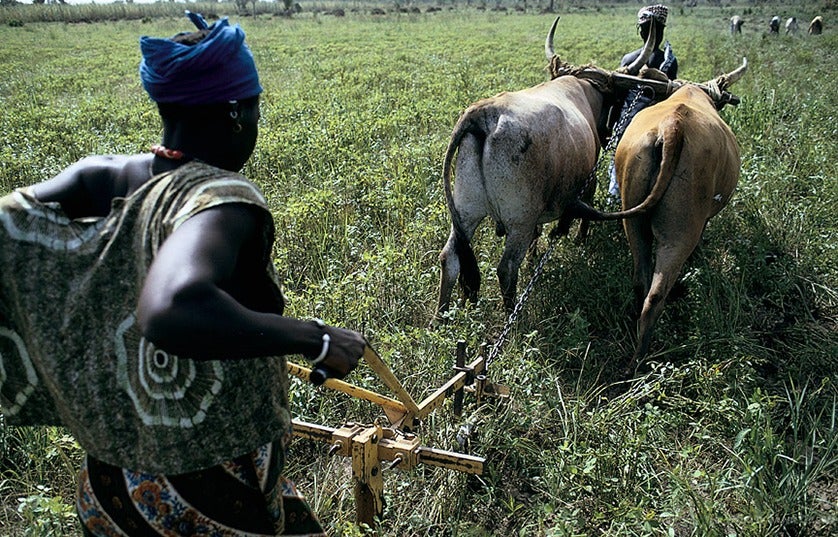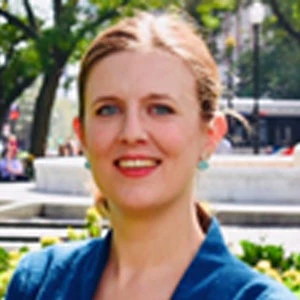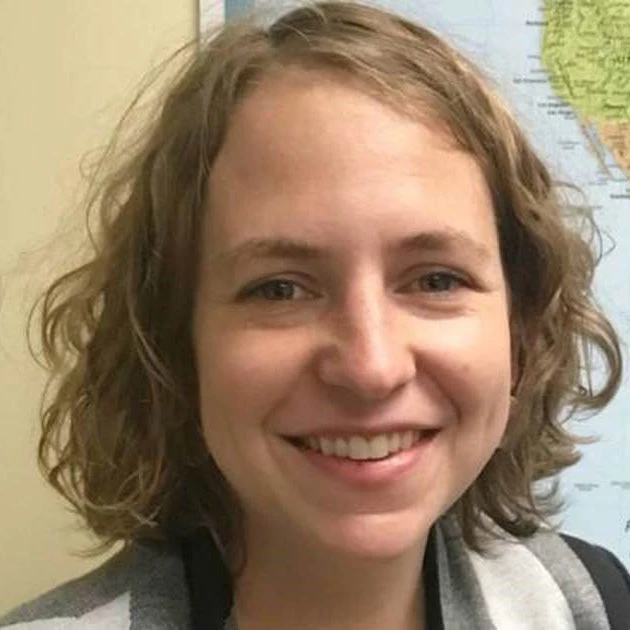
To design policies that work for men and women alike, policy makers need to understand people’s individual situations and needs. Without gender data, policy makers and other stakeholders cannot make fully informed decisions. The Strengthening Gender Statistics (SGS) project provides technical support to 12 partner countries to generate policy-relevant sex-disaggregated data.
Today, we shine a light on Mali, where recent survey updates based on international best practices are helping to fill gender data gaps. Every year, Mali’s National Statistics Office, INSTAT, collects data on employment and assets ownership through a specialized household survey (Enquête Modulaire et Permanente auprès des Ménages, EMOP). For the last two rounds of this survey in 2022 and 2023, the country introduced some changes to the questionnaire that help to improve data quality and availability with respect to gender.
What is new in EMOP 2022 on gender?
Let us take a look at the changes introduced in last year’s survey and how they can help us better understand the economic realities of women and men in Mali.
Making ownership count. Sex-disaggregated data on asset ownership, including land and housing, were significantly improved. Previously, nationally representative sex-disaggregated data on land ownership at individual level were completely lacking in Mali. Now, both agricultural and non-agricultural land is considered as part of the “asset inventory” for each household and the survey allows for identification of up to two individual owners as opposed to the household as combined unit. This allows us to assess intra-household differences in ownership of land. Indeed, according to the data collected, 39 percent of adult men (15 years and older) in Mali own at least one parcel in contrast to only 8 percent of women.
Source: EMOP 2022
Similarly, for each dwelling that belongs to a household, the questionnaire now asks for the ID code of up to two household members who have their names on the dwelling title. Why do we care about sex-disaggregated statistics on dwelling ownership? Dwelling ownership is a common form of storing wealth and can be used as collateral when trying to access credit. It is also important for women as a source of resilience in times of shocks, divorce, or death of a husband. The EMOP 2022 data show that women are less likely than their male peers to have their names on dwelling titles. Women account for only 21 percent of persons who have their names on dwelling titles in Mali.
Understanding the economic lives and livelihoods of men and women. The 2022 EMOP includes a short survey module based on international recommendations to identify household members who own a non-agricultural enterprise. This is an important novelty, as self-employment is a very relevant source of revenue for Malians: 92 percent of men and 91 percent of women are engaged in self-employment (employers, own account workers, associates) in their main or secondary employment to provide for themselves and their families. To craft policy responses to support male and female entrepreneurs, it is necessary to understand not only who engages in entrepreneurial activities, but also where they are, what constraints they may face, and whether and how those may differ by gender. The new data reveal a significant gender gap: whereas 12 percent of adult men (15 years and older) own a non-agricultural enterprise the same is true for only 6 percent of women.
Who gets to decide how money is spent? A new question on the control of labor income from one’s main and secondary employment will provide important insights into household decision-making processes and bargaining power. The EMOP 2022 questionnaire now collects ID codes of two household members who decide how respondent’s earnings are used. According to the new data collected, 63 percent of married women decide alone how the earnings from their primary employment are used (in comparison to 73 percent of married men). In contrast, 27 percent decide jointly with other household members (23 percent for men) and 10 percent are not involved in the decision (4 percent for men).
Creating safer work environments by assessing occupational risk of injury. Updates to EMOP 2022 now enable the country for the first time to report on SDG indicator 8.8.1 on the frequency of non-fatal occupational injuries, by sex and migrant status. The primary purpose of this indicator is to provide information for prevention of occupational injuries, diseases, and deaths. Data on occupational injuries sheds light on the risks faced by different workers and can inform policies aiming to ensure a decent work environment. Therefore, it is important to have accurate sex-disaggregated data, as well as disaggregation by migrant status to highlight how women, men, and migrants may be differently affected due to the nature of their occupational environment. In Mali, 33 percent of men and 34 percent of women have already experienced an occupational injury in their primary or secondary employment according to EMOP 2022 data. The incidence of occupational injuries is higher among migrant workers (40 percent for men and 36 percent for women).
Source: EMOP 2022
And what is next?
Building on the 2022 improvements, the 2023 version of the questionnaire was further updated to include new questions that can help shed light on the quality of the “access to land” and on the specific constraints that prevent women in Mali to secure their land rights. However, this revised land module continues to be administered through use of a proxy respondent approach, which is considered a methodological shortcoming. Studies have shown that a proxy respondent may provide a different response than the actual individual as proxy respondents may not have detailed information on other household members’ ownership and rights over land, or they may give a biased report on ownership status. Therefore, for EMOP 2024, INSTAT and the SGS team aim to revise the land module and collect individual level data from all adult household members as recommended by new international guidelines. This improved module will collect more accurate data on land ownership and use rights that will help implement policies aiming to increase women productivity and empowerment via access to secure land rights.
The continuous improvements to the EMOP questionnaire are a significant step towards improving the measurement of gender differences in the economic domain. At the same time, they show that progress in improving gender data is a gradual process: while a lot has been achieved, there is still scope for further improvement. For EMOP 2024, INSTAT and SGS are ready to continue working together for more and better gender data.








Join the Conversation